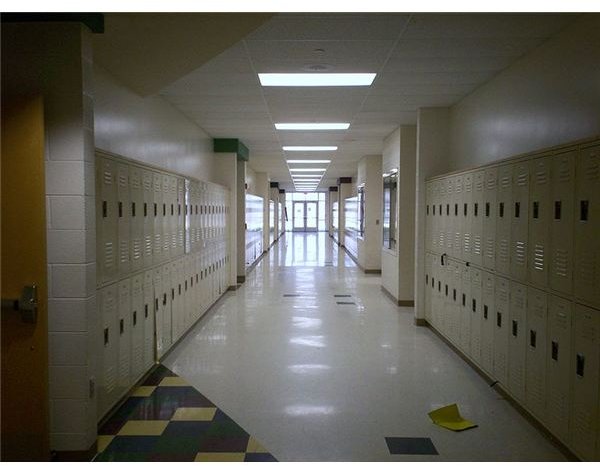Using Ardex Concrete Resurfacer for Overlays
Concrete Overlays Can Improve Looks
It is normal to go in for overlays when there are surface imperfections in an existing concrete floor, which may be a result of aging, spalling, or cracks. It is however better to make sure that such defects are not caused by structural reasons as otherwise any overlay may again crack, thus rendering the entire process fruitless. Concrete overlays can be decorative and can turn a plain-looking concrete slab into a thing of beauty. While overlays that use cement as a base have been around for a long time, most of the overlays available today use polymer resins along with other additives that will include cement and sand. These latest products that include Ardex overlays and Ardex concrete resurfacers give a lot of wear resistance besides the ability to improve aesthetics. These overlays can be laid in thicknesses that can vary from several inches to a layer as thin as a laminate. The latest products also resist chemicals, ultraviolet, and freeze thaw conditions, making them even applicable in outdoor areas.
Image Source: Wikimedia
Evaluating the Surface before Putting on the Overlay
It is necessary to evaluate the condition of the existing pavement or slab before deciding on the use of an Ardex concrete resurfacer or other Ardex overlays. The presence of any signs of distress should be noted and evaluated, especially to make sure that a foundation or other structural failure is not the cause of the distress. It is also good to take note of the use to which the concerned floor is being subject to, as this may help to determine the best kind of overlay that will suit it. Taking cores may sometimes be necessary to ensure that the concrete is basically sound and does not suffer from defects due to poor composition of the original floor. Ultimately any overlay can never be stronger than the surface on which it is laid, and if this surface has some basic defects, this would just as soon show up in the overlay layer as well. Overlays can also be laid on an existing overlay or even other surfaces like wood. When using an overlay in such conditions, it is necessary to make sure that the surface on which it is laid is not prone to any movement as this could cracks in the overlay.
Ardex Overlays
Ardex is a company that manufactures specialized construction materials mainly for preparation of substrate and leveling of floors. Their materials include floor toppings that are self-leveling, which allows the overlay to be used in very large areas. Their overlay material dries up quickly and can be allowed to take foot traffic in a period of just two hours. This makes it a very convenient material for use in repairs or refurbishing of floors in industries and warehouses. Most of these materials come to the user in bags and require only mixing with water.
Preparation of the Substrate
All surfaces on which the overlay is to be laid should be thoroughly cleaned and free from any wax, grease, or oil or any other materials that can help to break the bond between the overlay and the substrate. All loose or broken material needs to be chipped out and mechanical means may be used to go down to solid concrete. While it is not strictly necessary, the surface can be also be scaled to expose aggregate as this will assist in bonding with the overlay. Etching with acid or solvents and other chemicals must be avoided as these can react with the resins and polymers of the overlay. If there are any cracks or cuts in the concrete, check that these are dormant before filling them in with sealing or other compounds. It is best to treat such joints with flexible sealing compounds. It is advisable to end overlays properly at such joints with the use of aluminum angles or strips.
References
The Confusing Conundrum of Choosing an Overlay
